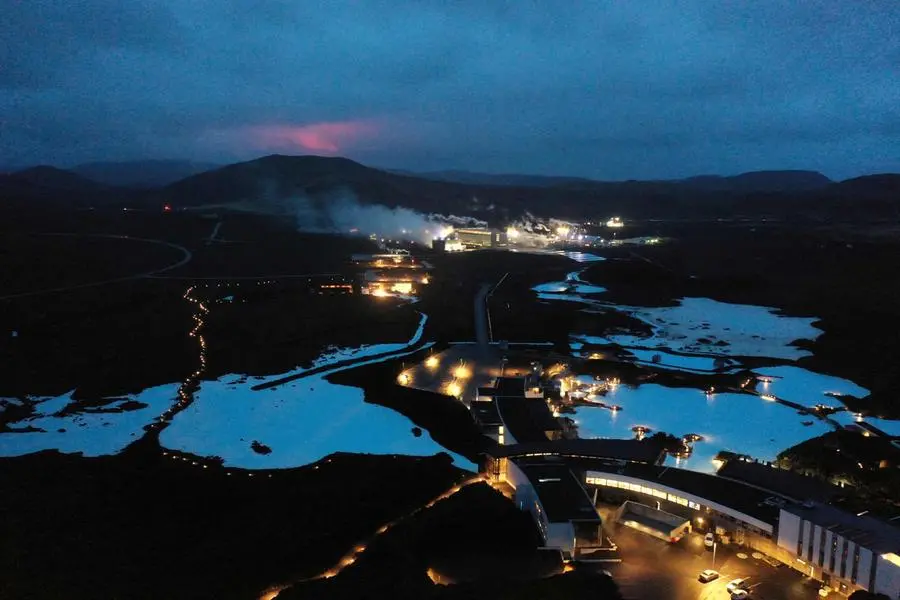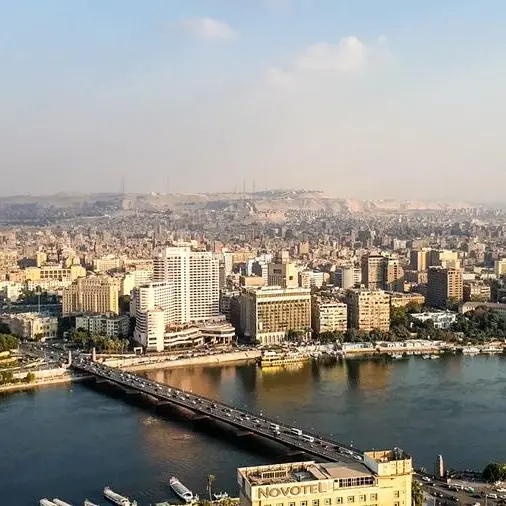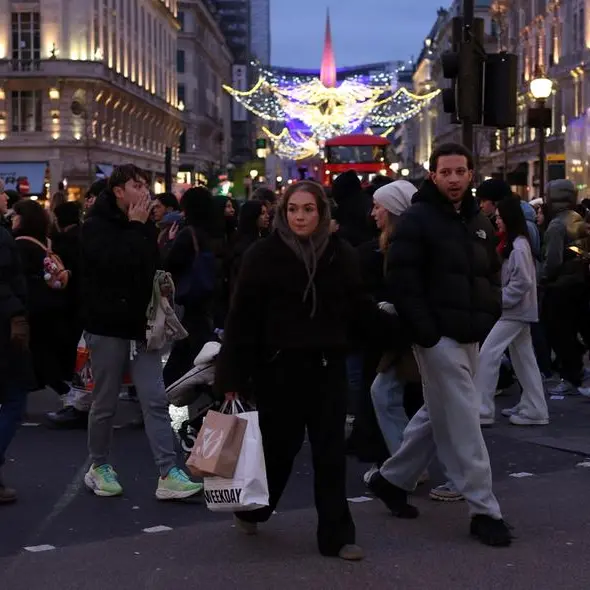PHOTO
Iceland's famed Blue Lagoon geothermal spa said on Thursday it was temporarily closing as a precaution, after thousands of small recent tremors raised fears of a potential volcanic eruption.
"The Blue Lagoon has made the proactive decision to temporarily close its operations for one week although the current phase of uncertainty has not been elevated by the authorities during this seismic period," it said in a statement posted to its website.
The closure of the Blue Lagoon, Iceland's most popular tourist site known for its steaming milky blue water, would start on Thursday.
The announcement came after frightened guests left the Blue Lagoon hotel in the night, with at least 40 being picked up by taxis, according to a report in the Vikurfrettir newspaper.
"The primary reasons for the decision are the disruptions to our guest experience this night and the prolonged strain on our employees", the resort wrote in its statement.
The guest exodus came after an uptick in tremors that have been shaking the surrounding area on the Reykjanes peninsula on Iceland's southwest in recent weeks.
Some 23,000 small earthquakes have been recorded since late October, according to Iceland's Met Office (IMO).
On Wednesday, the IMO said the tremors reached 1,200 in the preceding 24 hours.
The agency has also noted an accumulation of magma underground, and while the accumulation is ongoing "it is likely that seismic activity will continue, and be episodic in intensity," it said.
The accumulation of magma has been recorded at a depth of about five kilometres (3.1 miles), and should it start moving towards the surface it could lead to a volcanic eruption.
Seismic events
Over the weekend, the IMO said there were "no clear signs" of this but noted that "the situation can change on short notice."
Four similar seismic events occurred in the same area in 2020 and 2022 without leading to an eruption.
Since 2021, three eruptions have taken place on the Reykjanes peninsula.
They occurred in March 2021, August 2022 and July 2023, and all three were located far from any infrastructure or populated areas.
Prior to the 2021 eruption, the Reykjanes volcanic system had remained dormant for eight centuries, but volcanologists believe the new cycle of increased activity could last for several decades or centuries.
The North Atlantic island straddles the Mid-Atlantic Ridge, a crack in the ocean floor separating the Eurasian and North American tectonic plates.





















